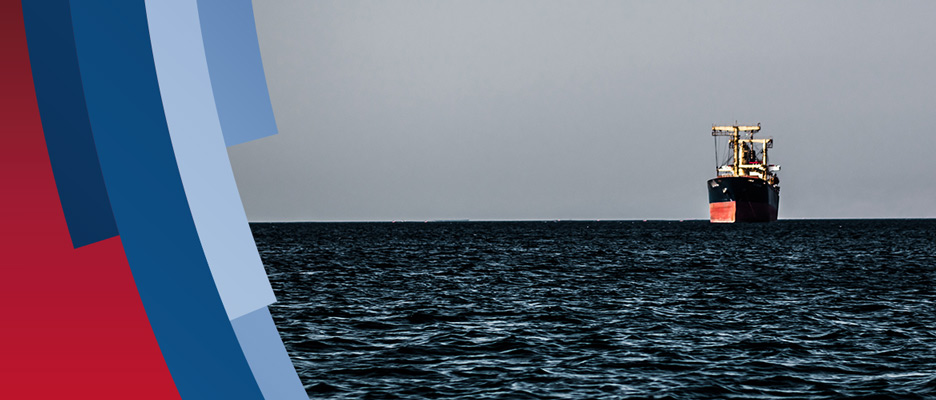The maritime transport of goods is a very complex activity in which a large number of variables have to be taken into account. This is where maritime chartering comes into play, which essentially represents a contract to lease a ship needed to move goods from one point to another.
To streamline the whole process, a simplified formula has been established. However, the process is not without complexity. In this article, we will review its main concepts.
What is maritime chartering?
As we already noted, maritime chartering is the contract to lease a ship to transport goods by sea.
Two parties are involved in this process:
- The lessor or charterer is the shipowner or the shipping company that owns the ship.
- The lessee, who charters the ship to transport the goods.
The charter party is the contract that puts in writing details of the operation. The main details include the tax details of the two parties, the exact route, who is the captain of the ship, the loading and unloading times, etc.
There are three types of charter parties: voyage, bareboat and time charter. Let’s look at each in detail.
Voyage charter
In the voyage charter, the lessor makes available a certain cargo space on a vessel for a specific voyage. This is a very common type of charter in the transport of bulk cargo and involves:
- The shipowner carrying the goods and managing the vessel, which must be suitable for the cargo. The charterer must also guarantee delivery of the cargo at the voyage destination.
- The lessee transporting its own cargo or subcontracting the space to third parties.
The bill of lading appearing in the contract. This document is a receipt that specifies the placement of the cargo, the name and registration of the ship, its origin and destination, the type of goods transported, and their value.
Bareboat charter
A bareboat charter is a lease for a fixed period of time, which involves:
- The lessor receiving a regular payment for hire , without the responsibility for the ship’s goods or transactions.
- The lessee having full control of the vessel, including the right to appoint a master and crew. He may not sublet it without the express permission of the shipowner.
The Barecon/89 is the standard form of ship charter.
Time charter
Time chartering is the most expeditious form of time charter for the rapid transport of goods by sea:
- The charterer makes a vessel available to the lessee for a fixed term. This is the same as in bareboat chartering. In the case of time chartering, however, the charterer retains the management of the vessel. He is ultimately responsible for the master and crew complying with the lessee’s commercial orders. He is liable for any failure to meet the terms agreed with the charterer or for any damage to the cargo under his responsibility.
- The lessee is responsible for the commercial management and bears the costs of commercial operation. He must return the ship according to the agreed terms and is liable for any damages caused.
Conclusions
In short, maritime chartering is a contract activity in which a multitude of variables must be taken into consideration. The figures of the time charter, bareboat charter and voyage charter cover most of the common needs of charterers, but it is best to use a specialised logistics operator such as Noatum, which can help you navigate the process and manage your shipping journey.
